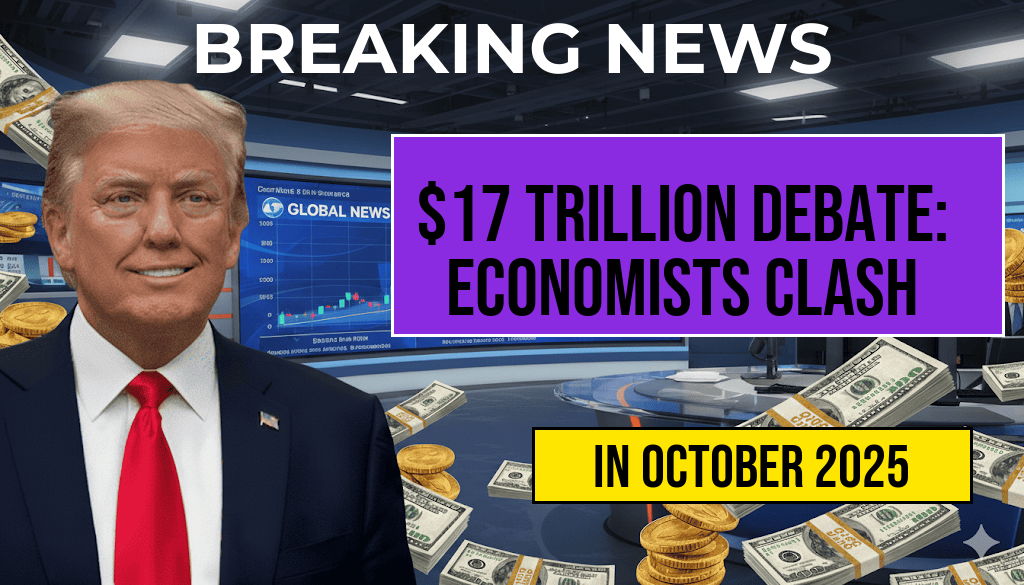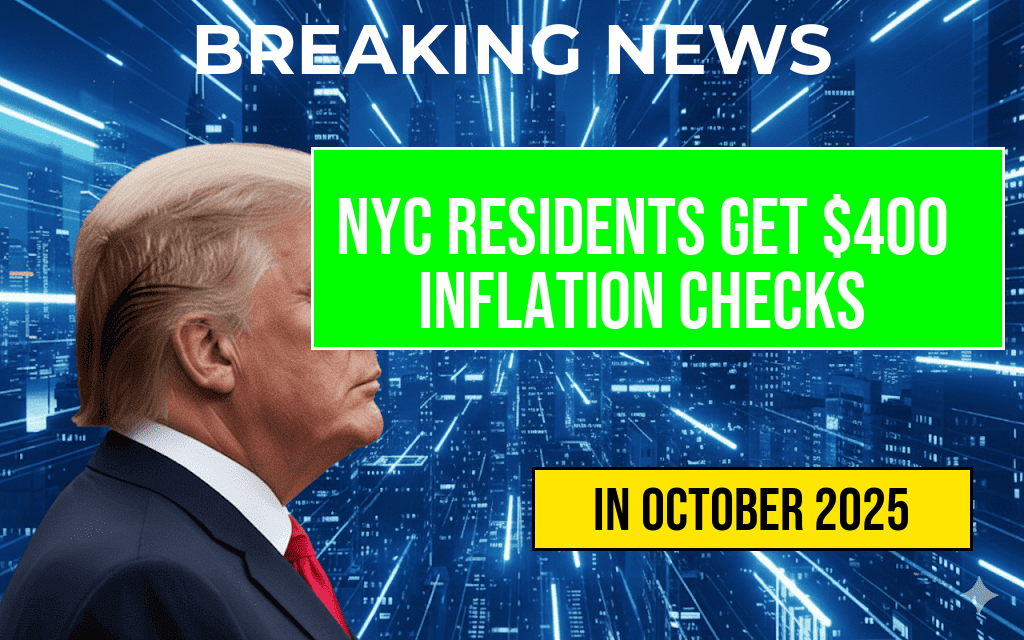Amid ongoing debates over global economic influence, recent reports suggesting that former President Donald Trump’s investments amount to approximately $17 trillion have ignited a fierce clash among economists. While some analysts view the figures as a testament to Trump’s extensive international financial reach, others question the accuracy and transparency of the reported data. The controversy underscores broader concerns about the opacity of private investment portfolios and the potential geopolitical implications of such vast financial holdings. As policymakers and market watchers scrutinize the numbers, the debate reflects deeper disagreements over how to interpret the influence of individual investors on global markets and U.S. economic policy.
Dissecting the $17 Trillion Claim
The figure first surfaced in a series of investigative reports by financial journalists citing confidential sources within Trump’s financial advisory team. The reported $17 trillion encompasses a wide array of assets, including real estate holdings, equities, bonds, and overseas investments spanning multiple continents. According to sources, the scope of these holdings positions Trump among the world’s most significant private investors, rivaling some countries’ GDPs. However, critics warn that without full transparency, such claims risk overstating or misrepresenting the true scale of his financial influence.
What Do Experts Say?
Supporters’ Perspective
- Financial Strategists argue that the size of Trump’s reported investments demonstrates a sophisticated global portfolio capable of influencing markets and shaping international economic trends.
- Policy Advocates suggest that such wealth gives Trump a unique vantage point, potentially informing his stance on trade negotiations, foreign policy, and economic reforms.
Critics’ Perspective
- Economists caution that the lack of detailed disclosures makes it difficult to verify the accuracy of the figures. “Without transparent documentation, these numbers are difficult to substantiate,” said Dr. Lisa Chen, a professor of economics at Harvard University.
- Market Analysts warn that inflating private wealth figures could distort perceptions of influence, impacting investor confidence and global market stability.
Financial Transparency and Regulatory Challenges
Unlike public officials required to disclose assets periodically, private investors like Trump are under fewer legal obligations to reveal comprehensive financial details. This opacity complicates efforts by journalists and regulators to verify large-scale claims. Moreover, international investments often involve complex structures such as offshore accounts, trusts, and holding companies, further obscuring the true scale of holdings. Experts point to the need for enhanced disclosure standards to better understand the potential impact of individual investors with significant global assets.
Implications for Global Markets
If accurate, the reported $17 trillion in investments would place Trump among the world’s top financial actors, rivaling some national economies. Market analysts suggest that such influence could sway currency valuations, commodity prices, and investment flows, especially if aligned with geopolitical interests. However, others caution against overestimating individual influence, emphasizing that global markets are shaped by a multitude of actors, policies, and economic forces.
Historical Context and Similar Cases
| Name | Estimated Wealth | Notable Investments |
|---|---|---|
| George Soros | $8.6 billion | Global currency and asset speculation |
| Warren Buffett | $118 billion | Berkshire Hathaway holdings |
| Donald Trump | Reportedly $17 trillion | Real estate, media, branding |
While these figures are estimates, they illustrate the scale at which private individuals can operate within the global economy. Comparatively, Trump’s reported holdings would dwarf most individual investors, prompting questions about the veracity and sources of the data.
Legal and Ethical Considerations
High-profile figures with extensive foreign investments often face scrutiny regarding conflicts of interest and ethical governance. The opacity surrounding Trump’s investments raises concerns about potential influence over policy decisions, especially if large assets are tied to countries or entities with vested interests. Transparency advocates call for clearer reporting standards and independent audits to ensure public trust in the financial disclosures of influential figures.
Public and Political Reactions
Reactions to the report have been polarized. Supporters contend that such wealth underscores Trump’s business acumen and capacity to leverage international markets. Opponents, however, argue that the figures highlight the need for greater accountability and transparency, especially given the political debates over foreign influence and economic independence. Lawmakers have called for hearings to clarify the sources and accuracy of the reported data, echoing broader concerns about financial transparency in the highest echelons of wealth.
Looking Ahead
As investigations and analyses continue, the debate over Trump’s reported $17 trillion in investments underscores the ongoing challenge of assessing private wealth’s true scale and influence. It also spotlights the importance of international financial regulations and disclosure standards in an increasingly interconnected world economy. For investors, policymakers, and the public alike, the core issue remains: transparency is essential to understanding the real weight of individual financial power on global stability.
For further information on global investment patterns, see Wikipedia’s article on International Investment, and for insights into financial disclosures, visit Forbes’ coverage of wealth and transparency issues.
Frequently Asked Questions
What is the main controversy discussed in the article?
The article examines the dispute among economists regarding Trump’s reported global investment figures and whether these figures are accurate or inflated.
Why are Trump’s reported global investment figures significant?
The reported investment figures are significant because they influence perceptions of U.S. economic strength and could impact policy decisions and market confidence.
How do economists differ in their opinions about the investment figures?
Some economists believe the figures are overstated or misleading, while others argue they reflect true global investment trends and are important for assessing economic health.
What potential implications does this debate have for investors and policymakers?
This debate could affect investment strategies and policy formulation by shaping public trust in economic data and influencing decision-making.
Are there any suggestions for how to verify the accuracy of such investment reports?
Experts recommend cross-referencing data from multiple sources, analyzing economic indicators, and considering methodological transparency to verify the accuracy of investment figures.



